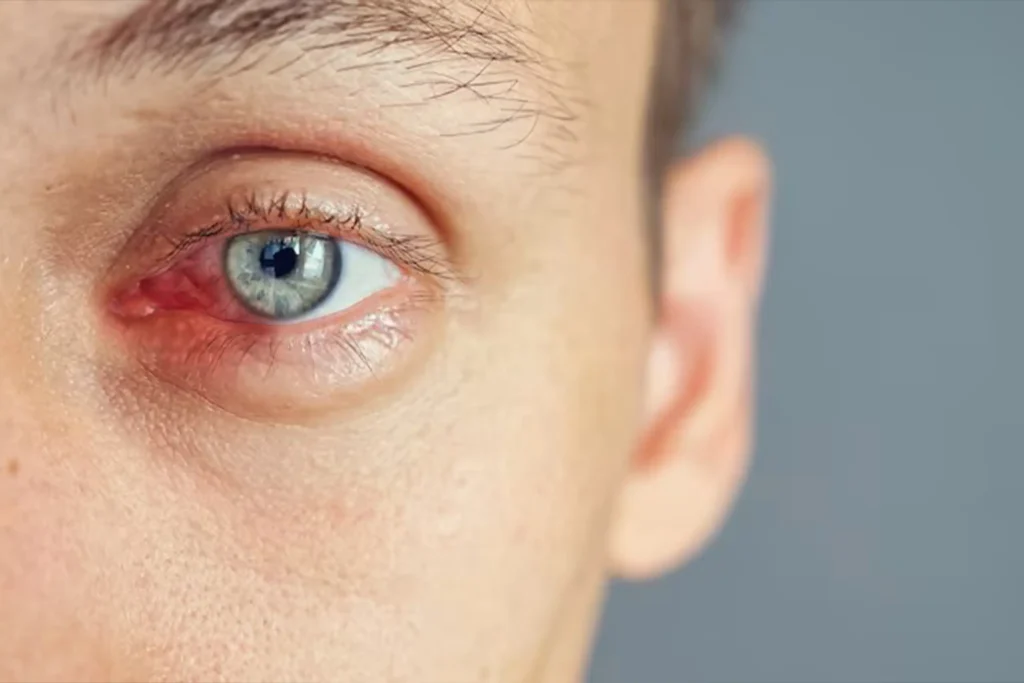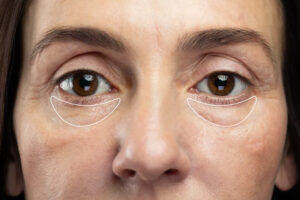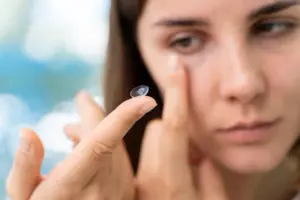
Eye infection vs allergies: Have your eyes been red, itchy, or watery lately? It can feel a little uncomfortable, annoying, or even scary when your eyes don’t feel right. Many people quickly assume it’s an eye infection. But hold on, it might actually be an allergy. So how do you tell the difference between an eye allergy and an eye infection?
First, let’s understand your eyes.
Your eyes are delicate and respond quickly to irritants like dust, pollen, or even too much screen time. When they get irritated, they may turn red, watery, or swollen, your body’s natural way of protecting them. But it’s important to know that not all eye issues are the same. Some are triggered by allergies, while others are the result of infections.
Also Read | 7 everyday habits that are secretly damaging your eyes
What are eye allergies?
Eye allergy, also called allergic conjunctivitis, happens when your immune system overreacts to something harmless, like pollen, dust, or pet dander. Your body mistakes these substances for threats and releases a chemical called histamine, which leads to itching, redness, and watery eyes.
Some of the most common triggers include pollen from trees, grass, or flowers, pet hair or dander, dust mites, smoke, and pollution. Typical symptoms are itchy eyes, redness in both eyes, and watery discharge.

What is an eye infection?
Eye infection, commonly known as infectious conjunctivitis or pink eye, occurs when bacteria or viruses enter the eye. Since infections spread easily from person to person, they are quite common. There are two main types: viral conjunctivitis, often linked to viruses like the common cold, and bacterial conjunctivitis, caused by harmful bacteria.
Typical symptoms include redness, thick yellow or green discharge, a gritty sensation (like sand in the eyes), and pain or discomfort.
Eye allergies vs infections: Differences
| Symptom | Eye Allergy | Eye Infection |
| Itching | Yes (very common) | Rare or mild |
| Discharge | Clear and watery | Thick yellow/green (bacterial) |
| Redness | Both eyes, usually | Often starts in one eye |
| Crusty eyelids | No | Yes, especially in the morning |
| Contagious | No | Yes (bacterial & viral) |
| Other symptoms | Sneezing, runny nose | Fever, cold symptoms |
| Onset | After exposure to allergens | After contact with an infected person |
When should you see your doctor?
If your symptoms don’t improve in a few days, or if you have blurry vision or light sensitivity, see a doctor. Don’t ignore eye pain or a quick discharge.
Also Read | Blurry vision? 8 common causes and when to see a doctor
It’s important to know whether your red, watery eyes are caused by an allergy, an infection, or another underlying issue. The good news is that in most cases, eye problems can be treated effectively, especially if caught early.








